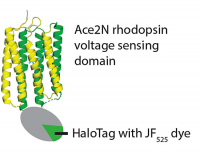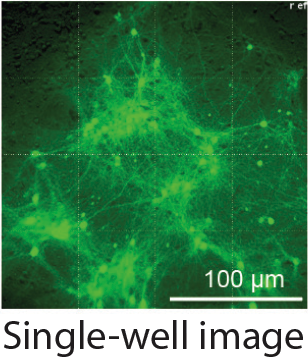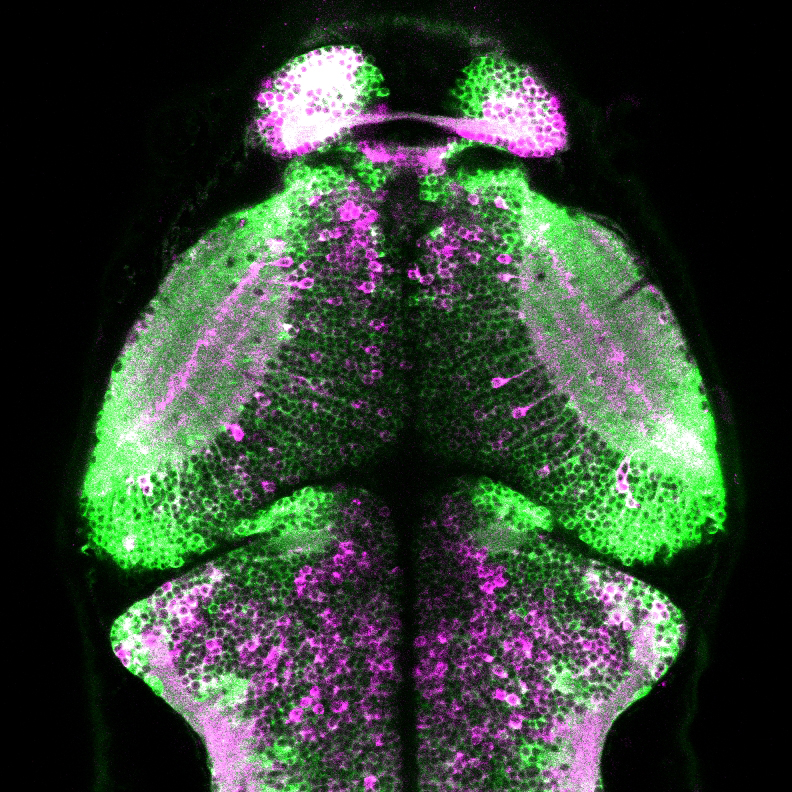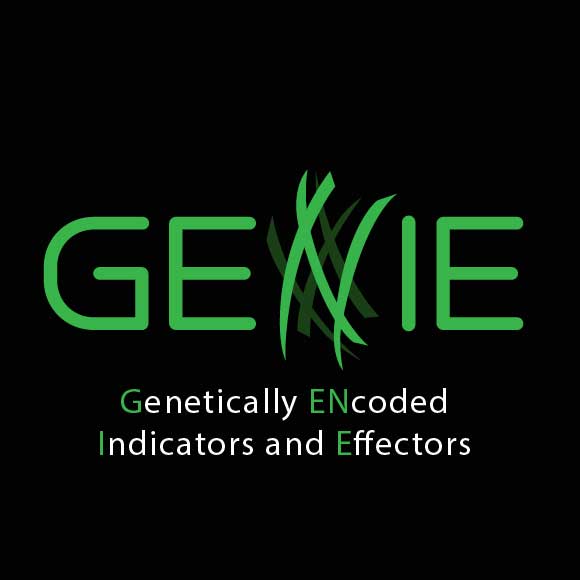Main Menu (Mobile)- Block
- Overview
-
Support Teams
- Overview
- Anatomy and Histology
- Cryo-Electron Microscopy
- Electron Microscopy
- Flow Cytometry
- Gene Targeting and Transgenics
- High Performance Computing
- Immortalized Cell Line Culture
- Integrative Imaging
- Invertebrate Shared Resource
- Janelia Experimental Technology
- Mass Spectrometry
- Media Prep
- Molecular Genomics
- Primary & iPS Cell Culture
- Project Pipeline Support
- Project Technical Resources
- Quantitative Genomics
- Scientific Computing
- Viral Tools
- Vivarium
- Open Science
- You + Janelia
- About Us
Main Menu - Block
- Overview
- Anatomy and Histology
- Cryo-Electron Microscopy
- Electron Microscopy
- Flow Cytometry
- Gene Targeting and Transgenics
- High Performance Computing
- Immortalized Cell Line Culture
- Integrative Imaging
- Invertebrate Shared Resource
- Janelia Experimental Technology
- Mass Spectrometry
- Media Prep
- Molecular Genomics
- Primary & iPS Cell Culture
- Project Pipeline Support
- Project Technical Resources
- Quantitative Genomics
- Scientific Computing
- Viral Tools
- Vivarium
Voltron and Positron
Genetically-encoded voltage sensors
Download our Reagents Catalog here.
Voltron 2.0 and Positron 2.0 are state-of-the-art genetically encoded voltage indicators (GEVIs) for use in vivo or in vitro. Developed and optimized at Janelia for sensitivity, signal strength, and speed, they couple to Janelia Fluor® dyes via the HaloTag protein labeling system.
At Janelia, GEVIs are routinely used to image neuronal activity, and underlie many recent advances in cellular functional imaging. Many sensors still have major limitations when used in vivo, but Ace2N-based voltage indicators are a class of GEVIs that are uniquely sensitive (from spike detection to subthreshold membrane potential reporting), fast (submillisecond level for recently published ASAP2f variant) and have other advantages due to the interchangeable fluorophore. Janelia's GENIE project engineers optimized a series of Ace2N-based voltage indicators originating in the Schreiter lab, resulting in Voltron 2.0 and Positron 2.0, advanced voltage indicators with a large signal drop and signal increase, respectively.
Figure 1. The Voltron general structure.
Opportunity
The reagents are available for non-profit research through Addgene (see links at the right) and by contacting the GENIE project for specialty versions at GENIEreagents@janelia.hhmi.org.




